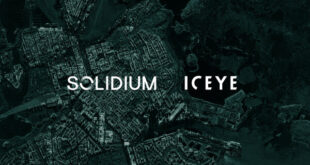
The Israel Space Agency is collaborating with NASA, CalTech, and the Weizmann Institute to develop ULTRASAT in the search for supernovae.
The ULTRASAT, or Ultraviolet Transient Astronomy Satellite, is a mission which will launch a small satellite carrying a telescope with an unprecedentedly large field of view.
“The mission of ULTRASAT will be to detect supernova explosions within seconds or minutes after they happen, so we can begin our studies immediately,” says Prof. Avishay Gal-Yam of the Weizmann Institute of Science’s Department of Particle Physics and Astrophysics, quoted in Phys.org. “A lot of information is lost when you don’t detect a supernova right away because the materials mix and disperse and change form.”
The initial blast of a supernova is so energetic that the most important information can only be gathered in short ultraviolet (UV) wavelengths. Since UV wavelengths are filtered out by the Earth’s atmosphere, these observations can only be made by a space telescope, which is why the ULTRASAT project is significant. It will observe light in the UV range, and should be able to detect transient events such as the flare-up of a supernova. Once such an event is identified, a satellite communications system will alert high-resolution telescopes around the world in real time, and these will capture the details of the event.
Up to this point, locating early-stage supernovae has been largely a matter of luck. However, with the use of ULTRASAT hundreds could be identified. Professor Gal-Yam explains that the satellite is scheduled to launch sometime in 2019. “This really is a new era of discovery in astrophysics,” he said.
 SpaceWatch.Global An independent perspective on space
SpaceWatch.Global An independent perspective on space




